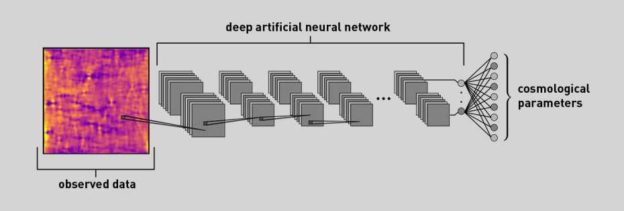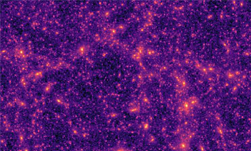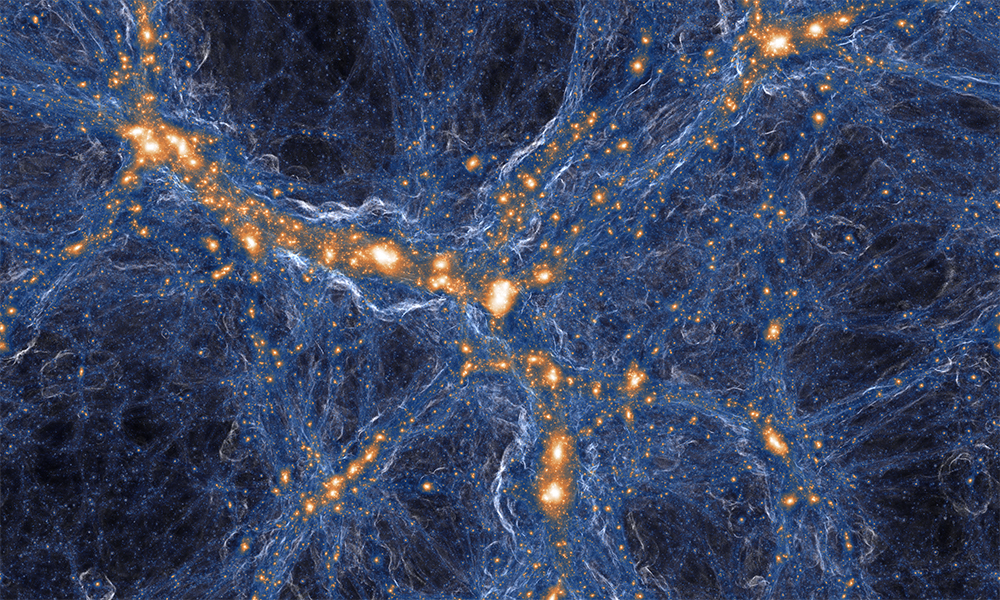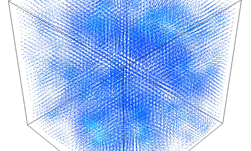How much dark matter is there in the universe? This AI model might have the answer.
A team of physicists and computer scientists at ETH Zurich developed a deep learning-based model to estimate the amount of dark matter in the universe. This is the first time AI researchers have used this type of algorithm to analyze dark matter, the researchers said.
As a first step, the team trained a convolutional neural network (CNN) on computer-generated data that simulates the universe. This was done using 16 NVIDIA P100 GPUs with the cuDNN-accelerated TensorFlow deep learning framework.
By training on simulated data, the researchers knew the correct answer for different cosmological parameters, such as the ratio between the total amount of dark matter and dark energy.
During this phase, the model analyzed dark matter simulations until it learned to recognize features that improved the accuracy of the model.
After training was completed, the team analyzed actual dark matter maps from the KiDS-450 dataset, which includes the shapes of around 15 million galaxies.
“This is the first time such machine learning tools have been used in this context,” said Janis Fluri, a Ph.D. student at ETH and lead author of the study. “We found that the deep artificial neural network enables us to extract more information from the data than previous approaches. We believe that this usage of machine learning in cosmology will have many future applications.”
For accuracy, the model delivered values 30% more accurate than those obtained by traditional methods based on human-made statistical analysis. If done on traditional models, the work would have required twice as much observation time on telescopes, making the project more expensive and time-consuming the team explained. For cosmologists, the 30x increase in performance is huge.

For inference, the team relied on the same GPUs used during training .
The team says their results would not have been possible without parallelized training strategies on multiple GPUs.
For the next phase of the work, the team plans to apply its model to the Dark Energy Survey, a 5,000 square degree survey of the sky aimed at understanding the accelerating expansion rate of the universe.
The research was recently published in the scientific journal Physical Review. A pre-print version of the paper is available on ArXiv.










